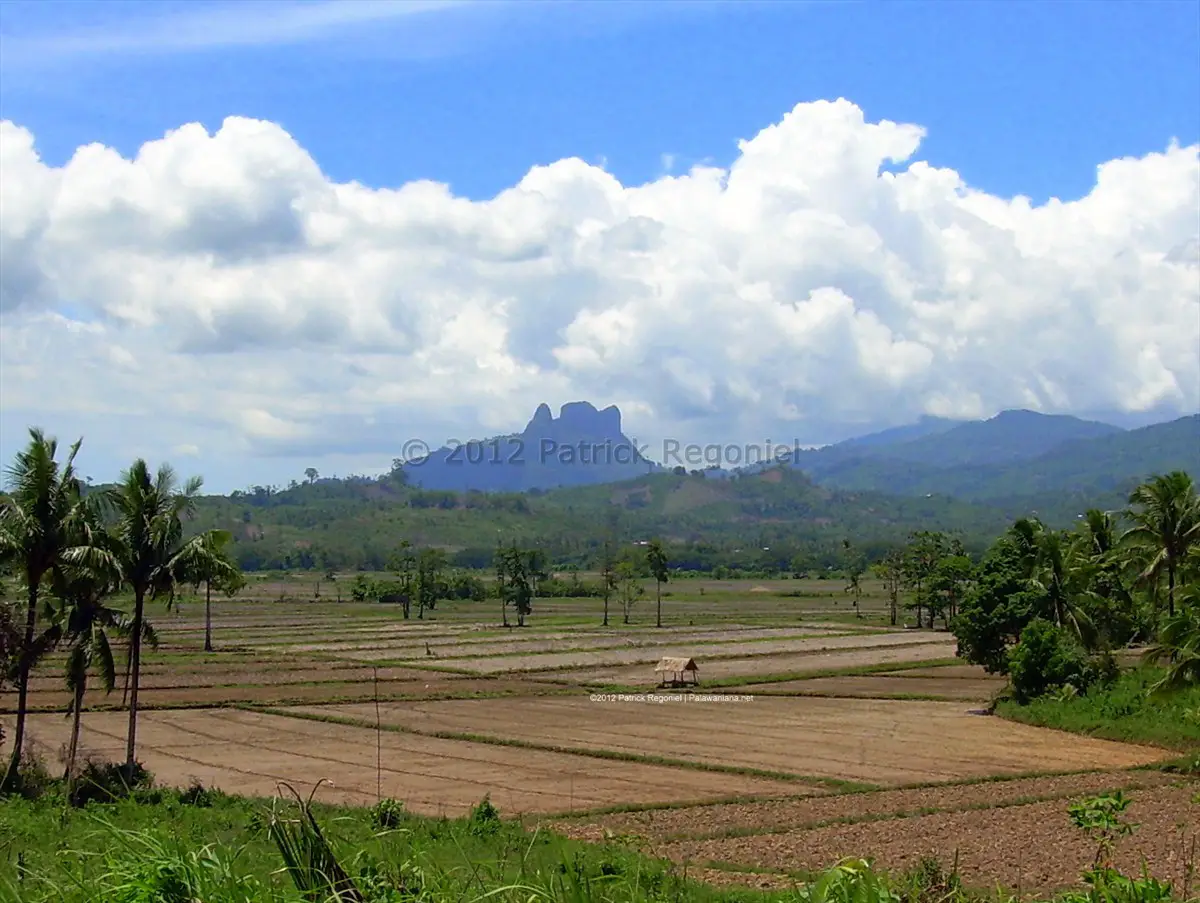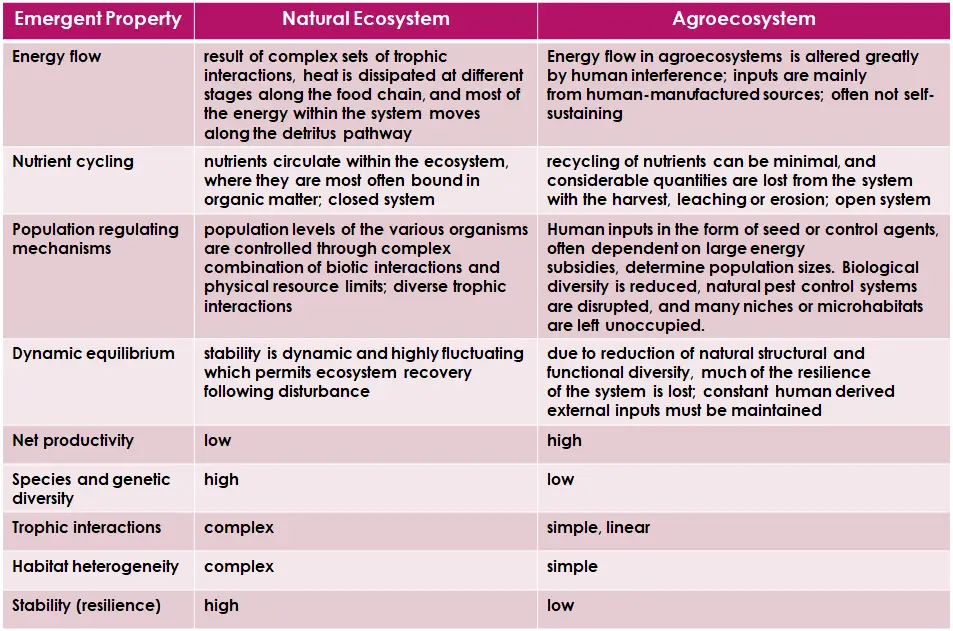Due to the lack of exhaustive reference material on agroecosystem for my ecosystems dynamics class, I decided to write this post. I defined agroecosystem, characterized it, and introduced agroecology as a sustainable way of producing food. Agroecology is crucial in meeting the ever-increasing demand for the nourishment of almost 8 billion people in the world.
Definition of Agroecosystem
According to Gliessman (2014), agroecosystem is a created ecosystem. It is an ecosystem that is altered and manipulated to establish that piece of land for agricultural production. At the core of an agroecosystem is agriculture. It is not restricted to the immediate site of the agricultural activity (e.g., farm), but rather, the region that is impacted by this activity, usually by changes to the complexity of species assemblages and energy flow as well as to the nutrient balance.
Traditionally, an agroecosystem, notably one managed intensively, is characterized as having a simpler species composition. These ecosystems have simpler energy and nutrient flows than the natural ecosystem. Likewise, these ecosystems are often associated with high nutrient input. Much of the nutrients exit through farm loading to eutrophication of connected ecosystems not directly engaged in agriculture. Some major organizations are handling the agroecosystem. Current farming methods have resulted in overstretched water resources, high levels of erosion, and reduced soil fertility (Audiopedia, 2016).

Agroecosystem Characteristics
Human management alters a natural ecosystem’s structures and functions. Thus, agroecosystems usually are more challenging to study than natural ecosystems. These are human-made ecosystems that differ from natural ecosystems in many significant ways in terms of emergent properties (Table 1) related to its structure and function.
Table 1 compares natural ecosystems and agroecosystems using some key emergent qualities.
Table 1: Comparison of Natural Ecosystem and Agroecosystem in Terms of Emergent Properties (Gliessman, 2014; InTeGrate, 2018).

The Rise of Agroecology
Agroecology applies ecological concepts and principles in the design and management of sustainable agroecosystems. It draws on both natural ecosystems and traditional (local or indigenous) agroecosystem. It is a research approach that can be applied to converting unsustainable and conventional agroecosystems to sustainable ones. Both traditional and natural ecosystems have passed the test of time in terms of their long-term productive ability. However, each offers a different knowledge base from which to understand this ability.
There are many examples of traditional agroecosystems that demonstrate how culture and its local environment have co-evolved over time. These ecosystems strike a balance on the needs of people which are expressed as ecological, technological, and socio-economic factors.
Both systems demonstrate people’s concerns about the long-term sustainability of the system, rather than solely maximizing output and profit.
Sustaining Food Production through Well-Managed Agroecosystems
Responsible farming for food production promotes adherence to the sustainability principle. Sustainable agriculture, evidenced by the practice of Agroecology to provide the food needs of a growing population, appears to be a feasible solution.
However, there is an increasing realization among modern societies that production should focus not on just the volume of food produced but the kind or quality of food produced. Food preference shift from meat-based to a mainly vegetable or plant-based diet is recommended to achieve food sustainability.
The trend is a result of the negative externalities brought about by profit-oriented modern agriculture. Eutrophication, water pollution, and concerns about human health ensue. The application of appropriate environmental technology can overcome these environmental problems. But achieving the desired environmental quality comes at a cost. Hence, prevention is better than cure.
References
Audiopedia (2016). What is agroecosystem? [youtube]. Retrieved on 10/28/2019 from https://www.youtube.com/watch?v=XYw5nEmQ6Tc.
Gliessman, S. R. (2014). Agroecology: the ecology of sustainable food systems. CRC press.
InTeGrate (2018). Natural ecosystem and agroecosystem comparison. Retrieved on 10/28/2019 from https://tinyurl.com/y4v5wmbc.
